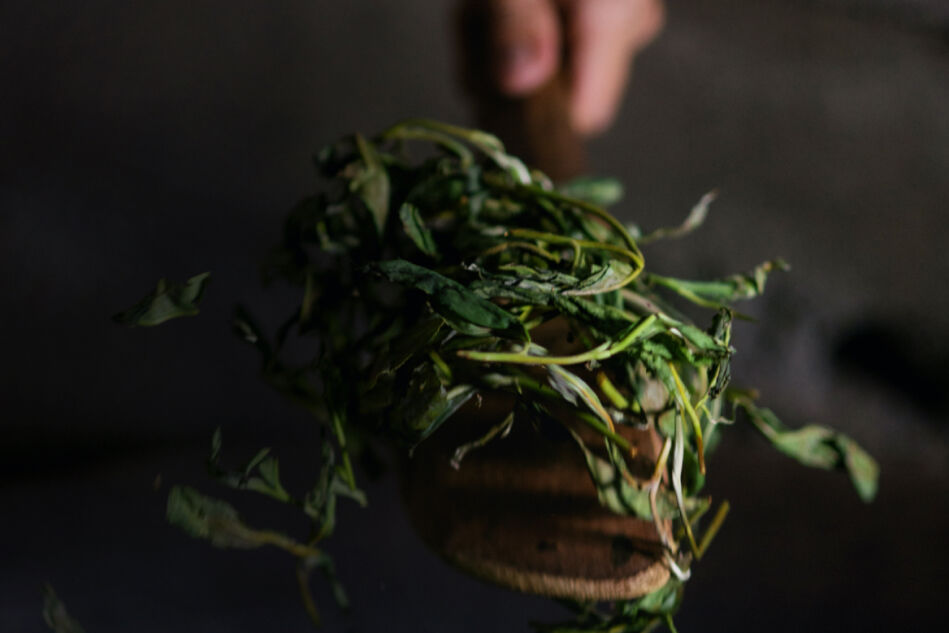It’s temperature that makes tea perfect.
The perfect temperature for each cup of tea.

For tea connoisseurs it is the ultimate delight – the unmistakable aroma and taste of their favourite variety that unfolds after the hot water comes into contact with those precious leaves. We often talk about quality, variety and flavour when describing the pleasures of drinking tea.
We all think we know how to make a cup of tea. All you do is just boil the water, pour the boiling water on your tea and leave it to steep. However, what you end up with in many cases is too hot, too cold, too bland, too bitter - rarely do you get that perfect cup of tea. That’s because not all teas are the same. There are in fact many factors that influence the intensity and taste of this hot drink. Among these is the quantity of water used together with the fact that individual tea varieties require their own individual infusion times - not to forget the temperature of the water. To fully appreciate the subtle aromas and flavours that teas can yield, it is essential you use water at the correct temperature for the tea variety and allow it to steep for the correct time.
Yet there is another aspect that needs to be taken into account if you want to enjoy a tea at its best. Every tea variety has to be prepared using water at a specific temperature if its subtle flavours and aromas are to be appropriately released.
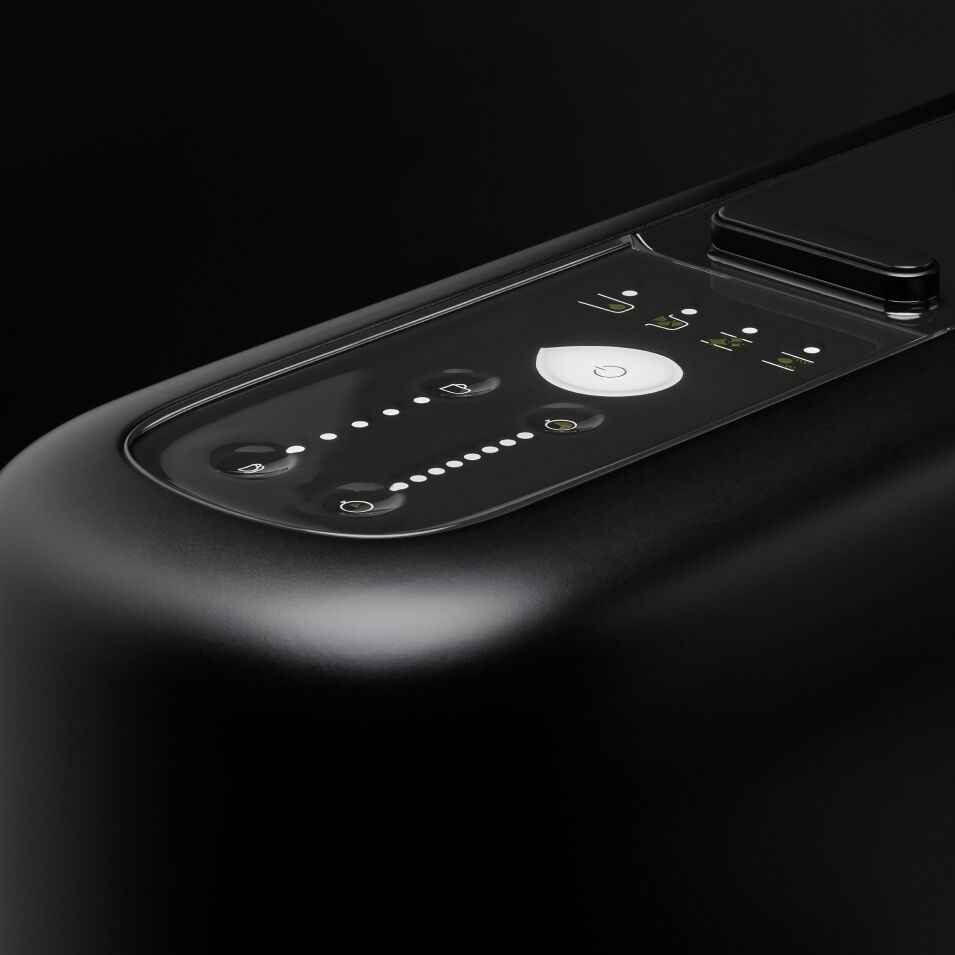
Statistics show that every German drinks, on average, some 70 litres of tea - that’s roughly 340 cupfuls - per year. Against this background, it is astonishing that so many tea drinkers don’t seem to bother about the temperature of the water they use to make tea.
Tea needs time.
Every tea has its unique nuances, flavours and aromas that make it distinctive. The varieties not only differ with regard to the way they are cultivated and processed - they also have differing requirements when it comes to preparing them for drinking. Each variety has to be dosed individually because this determines the resultant intensity. For example, black teas have a more robust flavour so that fewer leaves are needed to prepare an infusion. On contact with hot water, the aromatic substances dissolve, producing the flavour you are looking for. The innovative brewing chamber of the Avoury One tea machine has been specially designed to ensure that each tea in its capsule can circulate freely in water. The tea is carefully swirled around in its capsule by gentle thrusts of water. Infusion times and temperatures are automatically adjusted for each variety so that the delicate nuances of high quality teas can freely develop and no undesirable bitter substances are formed. In just 1 to 5 minutes, you’ll have the perfect cup of tea - and that at just the press of a button.
As a general rule, the longer a tea is allowed to infuse, the more its aromatic substances dissolve in the water. And each tea needs its specific water temperature if its specific taste subtleties are to unfold. This may all seem fairly obvious, but to get it right you need to be familiar with the tea variety you are using and you need to be patient. If a tea is prepared using water at too low a temperature, the tannins (those substances present in tea that are responsible for the typical flavour and colour) do not fully dissolve. This in turn means the full aroma of the tea does not develop. Water that is too hot, on the other hand, will destroy the tannins. In both cases, the results will be disappointing.
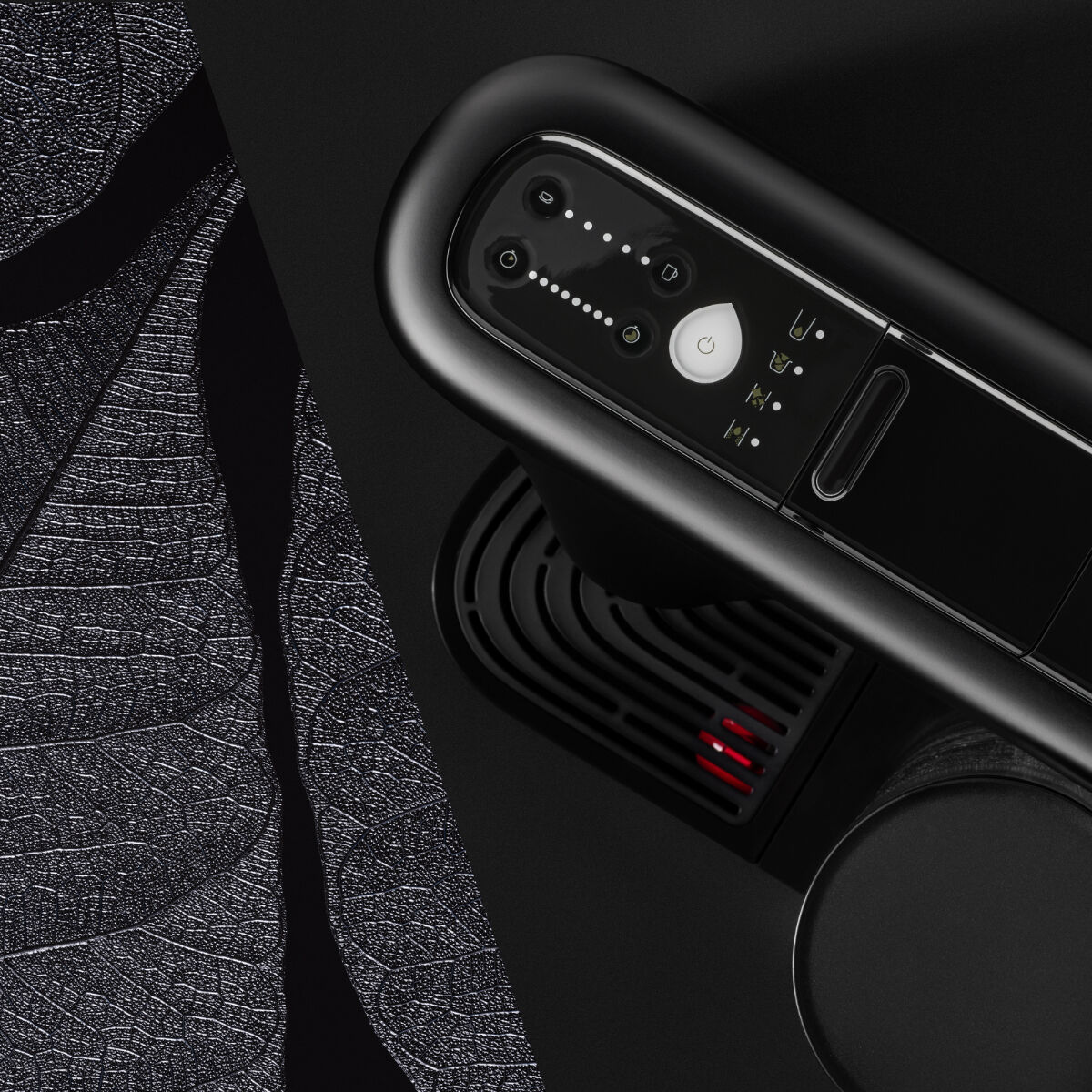
Black tea - a strong classic.
A tea that is a real superlative. Black tea, the most commonly enjoyed variety worldwide, has a more powerful flavour and contains more caffeine than other teas. To unlock its full intensity of aroma and taste, it requires exposure to a brewing temperature of around 95°C. This enablesthe tannins to fully dissolve without the tea tasting bitter. A black tea that is brewed using colder water tastes bland and exhibits little of its qualities. Because of this, it is advisable to use water at a temperature of 95°C when preparing all Avoury black teas.
Not only that, but for the perfect drink, each individual tea must be allowed to steep for the right time. STRONG ASSAM, for example, is a black tea with a pronounced malty flavour and a delicate creamy undertone that should be allowed to infuse for one minute only. It is the ideal drink to get you alert in the morning or when you’ve no time to relax over your cup of tea! But other black tea varieties offered by Avoury, such as DARK PEACH and LADY ROSE, will only reveal their full flavours and aromas if infused at 95°C for about three minutes.
The wide range of green teas.
Tea drinkers throughout the world have a fondness for green teas. Their floral, elegant and citric notes ensure that they create a sensation in every cup. However, green teas are particularly demanding when it comes to their preparation. If a green tea is brewed at too high a temperature or is left to infuse for too long, bitter substances will be released. So, avoid pouring boiling water on them directly from the kettle if you don’t want to spoil the subsequent enjoyment of your tea. And, of course, if the water is too cold, the subtle flavours and aromas won’t develop. Green teas typically require non-boiling water at temperatures of roughly 70°C. But there are differences here too - within the extensive range of Avoury green tea varieties are some that need water at higher temperatures. SUPREME GYOKURO, a refined green tea with a tangy touch of umami, only expresses its unique character in full on exposure to a water temperature of 75°C. GRAND GRANATE, by contrast, will only release its lively pomegranate acidity at 95°C. The following list shows how diverse the appropriate water temperatures and steeping times for green teas are:
- ORIGINAL GENMAICHA: Needs to be steeped for two minutes at 80°C
- BEYOND NEPAL: Needs to be steeped for two minutes at 85°C
- JAPANESE TRIO: Needs to be steeped for two minutes at 85°C
- SUNNY BAY: Needs to be steeped for two minutes at 85°C
- DAILY MATE: Needs to be steeped for three minutes at 95°C
- GINGER LEMON: Needs to be steeped for three minutes at 95°C
- MINT GUNPOWDER: Needs to be steeped for three minutes at 95°C
- PEARLS OF JASMINE: Needs to be steeped for three minutes at 95°C
As you can see - one tea type but considerable differences with regard to water and brewing temperatures! If you are a green tea novice who is wondering how best to prepare a tea, you’ll find that the Avoury One will help you out of your dilemma. It identifies the tea that has been inserted and prepares it at the ideal conditions at just the press of a button - so that you can focus on drinking your tea rather than preparing it.

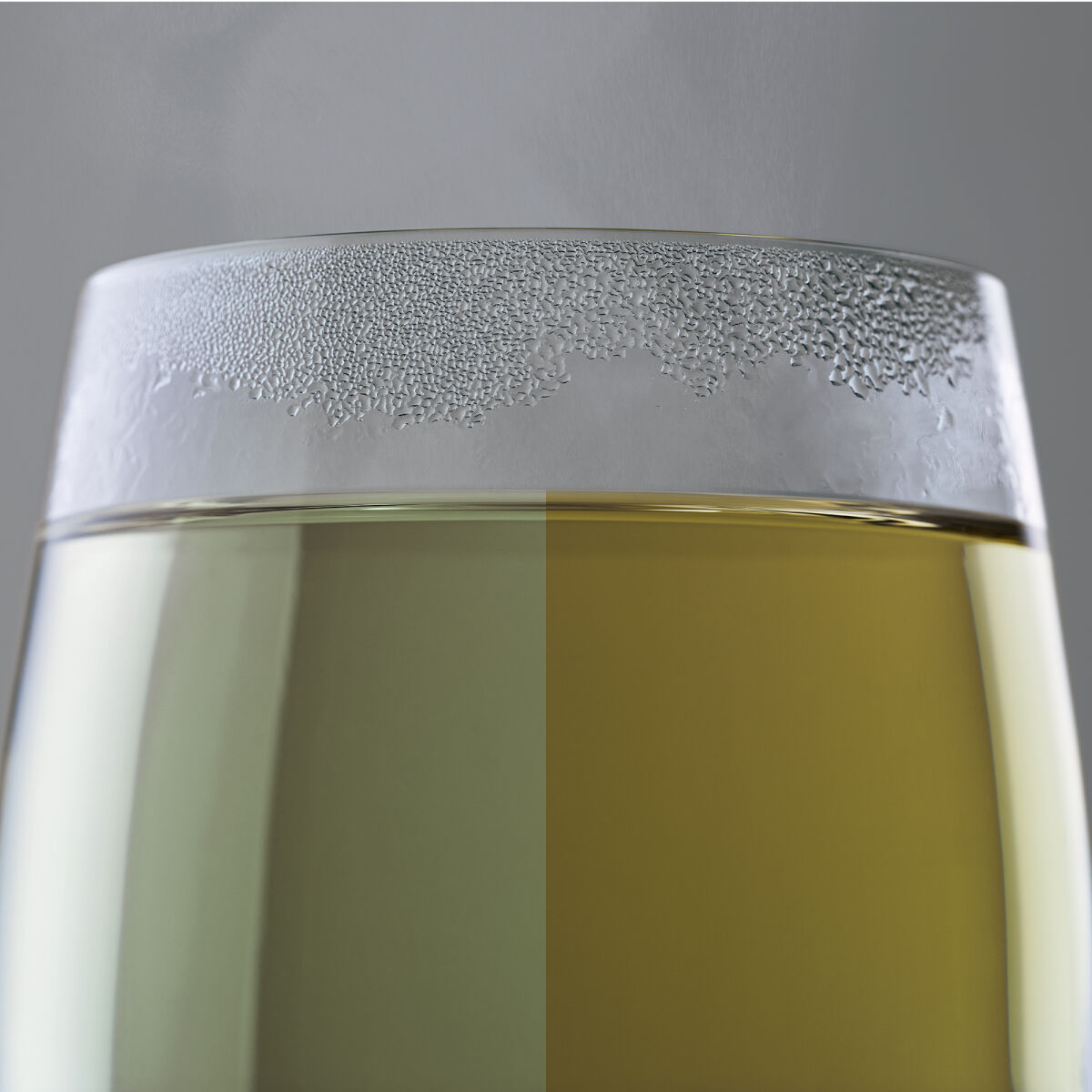
Oolong and white teas - exceptional and sought-after.
Oolong teas with their complex and diversified flavours, aromas and colours - the latter cover a range from bright green to amber - occupy a niche somewhere between green and black teas. The lighter coloured varieties taste fruity, fresh and light. Such subtly creamy flavours characterise Avoury’s MILKY FAVOURITE and THAI JING SHUAN that needs to be prepared using water at 95°C.
White tea is one of the world’s most coveted teas. It is made using the youngest and most delicate tea leaves. The optimal temperature for these teas is 85°C and the Avoury One will automatically set this temperature. This is also the temperature required to extract the tropical aromas and flavours from LIGHT PASSION. This is a relatively light tea and so needs only to be steeped for about two minutes. Another classic white tea with mild flavours and aromas is LEGEND OF PAI MU TAN. Its full character can be relished when a brewing temperature of 85°C is used and it is allowed to steep for two minutes.
The unstoppable rise of fruit and herbal teas.
There is no doubt which is the most popular type of tea in Germany - fruit teas lead the field! There is absolutely no limit to the array of flavour combinations that what we call “fruit teas” can have. Avoury employs particularly careful drying techniques to ensure that the precious ingredients, colours and natural flavours of the fruits are preserved. In this case, the rule of thumb is the hotter the better! Hence the ideal temperature for these teas is around 95°C. This is perfect for CREAMY STRAWBERRY with its impressive and finely balanced blend of strawberry and prominent hints of cream. You’ll be able to enjoy this tea to the full after an infusion time of approximately five minutes. It is necessary to steep fruit teas for longer than most other teas to allow them to develop all their aromas and flavours. But all this is child’s play if you use the Avoury One. The corresponding app will let you know when your tea is ready so instead of just waiting around and timing, you can get on with something else in the meantime.
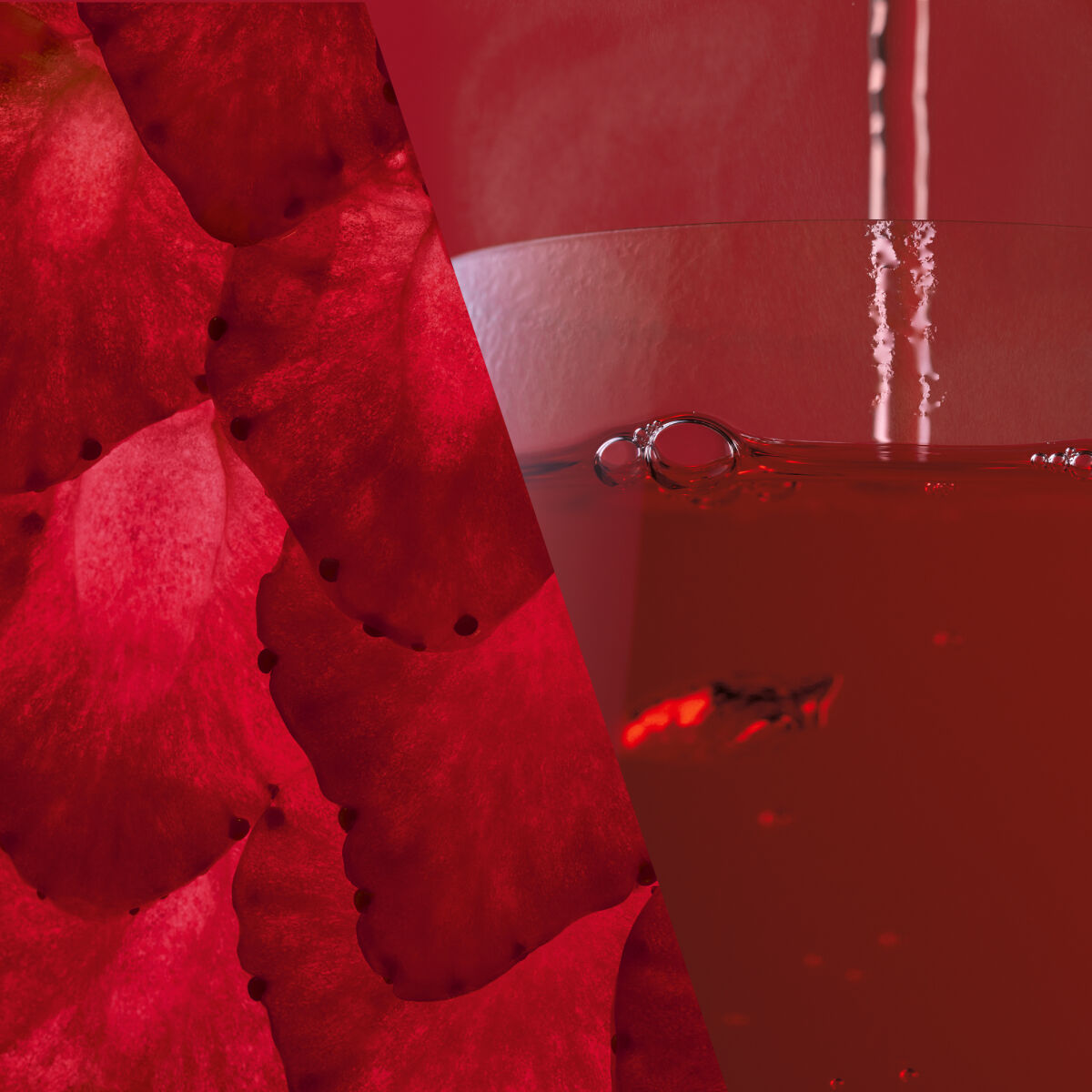

Close behind the fruit teas are the herbal teas, particularly peppermint and camomile teas. Again, creativity knows no bounds when it comes to possible flavour blends of herbal teas. New and unexpected infusions can readily be created. One of these is THE CAMOMILE, a venerable classic that Avoury has reinterpreted. The floral notes of camomile and elderflower, rounded off by the sweetness of honeybush, come as a surprise even to the most seasoned tea connoisseur. The ideal water temperature for its preparation is around 95°C. The special feature of herbal blends is that as most of them do not contain caffeine, you need not worry about drinking them before going to bed.
You’ve now learned that many teas require water at a temperature of 95°C and that green teas need a shorter steeping time than other tea varieties. And that white teas will unlock all their aromas and flavours at just 85°C. Did you know that the ideal brewing temperature for peppermint tea, the most popular tea in Germany, is just 80°C?
Every tea is individual and just as individual are their requirements. It was with this in mind that the Avoury One tea machine was developed. It is capable of mastering the balancing act necessary to find the right temperature for preparing each single variety of tea. Making tea was never this easy before – the perfect brew at the touch of a button.
More articles
More articles
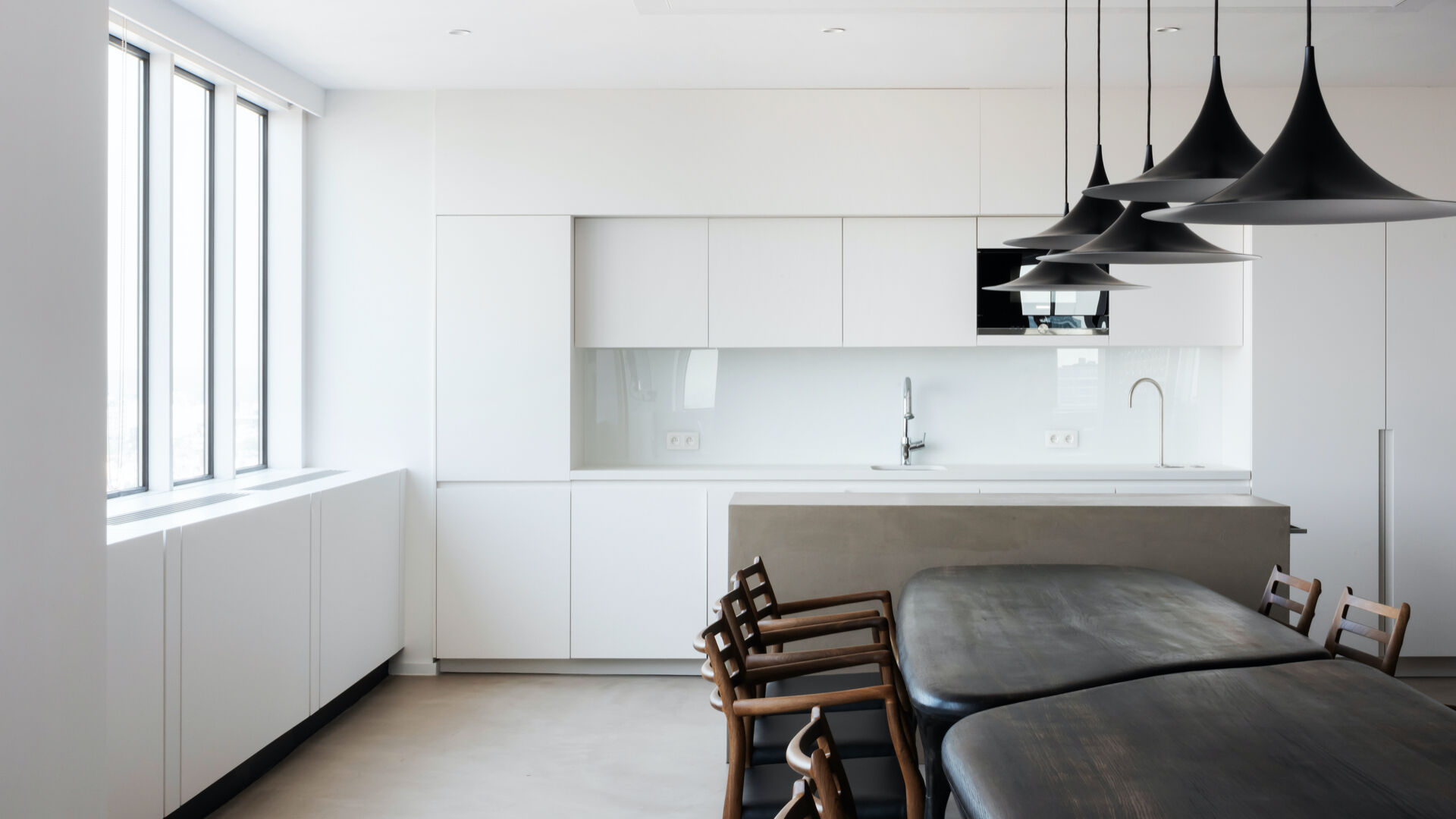
Not less, but better.
Sharpening one's own awareness. Recognizing what one really needs. Giving things new appreciation. That's what minimalism is about. Following the motto 'less is more', more and more people are embracing the desire for clarity and order – even in the design of their homes.

Should we always follow our nose?
23,000 times – that´s how many breaths we take on average per day. And that means a multitude off different scents float in through our nose evoking a wide variety of reactions in us. In this article we´ll explain the psychological reasons behind this and why we should let our noses discover new things more often.
More articles
More articles

Not less, but better.
Sharpening one's own awareness. Recognizing what one really needs. Giving things new appreciation. That's what minimalism is about. Following the motto 'less is more', more and more people are embracing the desire for clarity and order – even in the design of their homes.

Should we always follow our nose?
23,000 times – that´s how many breaths we take on average per day. And that means a multitude off different scents float in through our nose evoking a wide variety of reactions in us. In this article we´ll explain the psychological reasons behind this and why we should let our noses discover new things more often.
